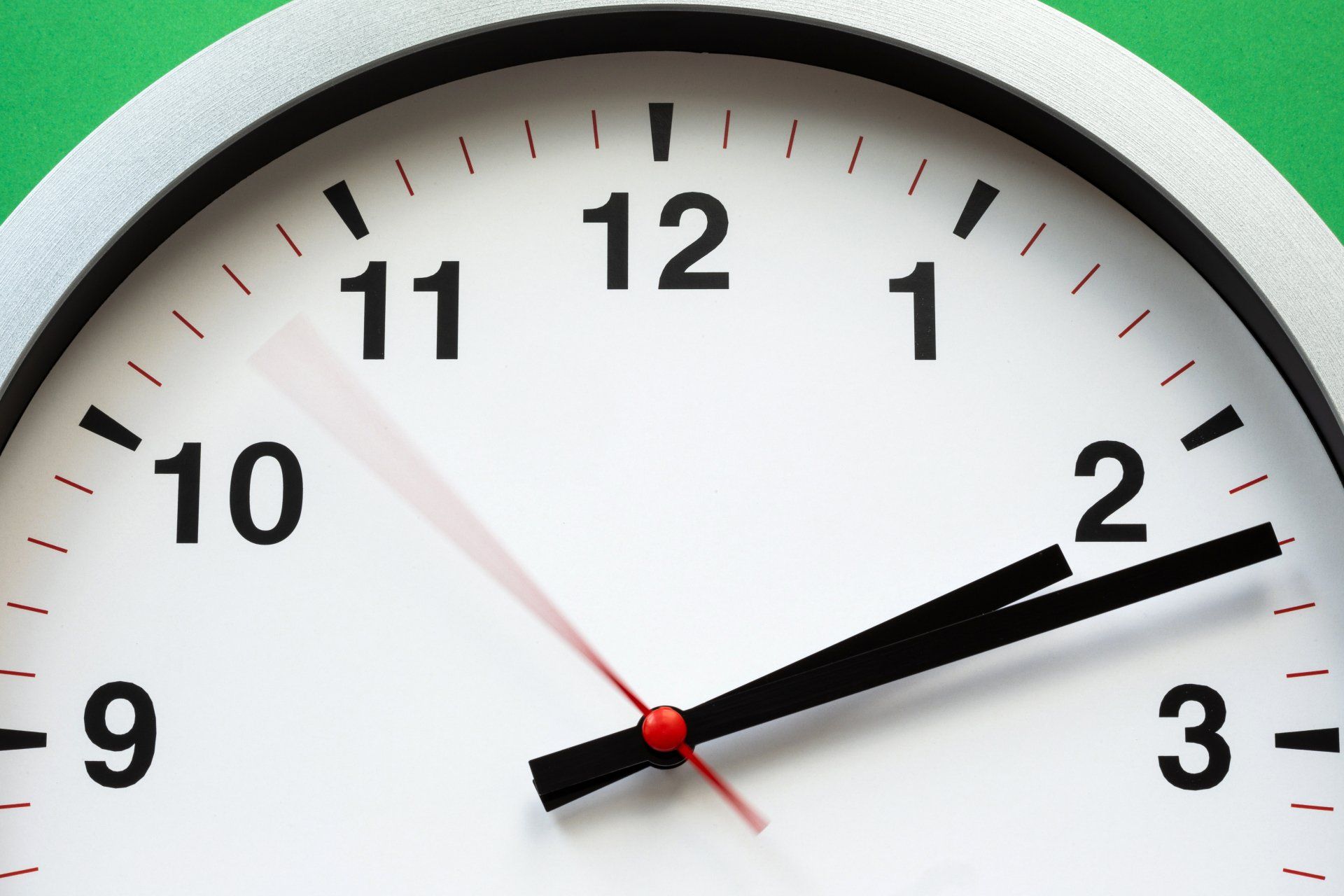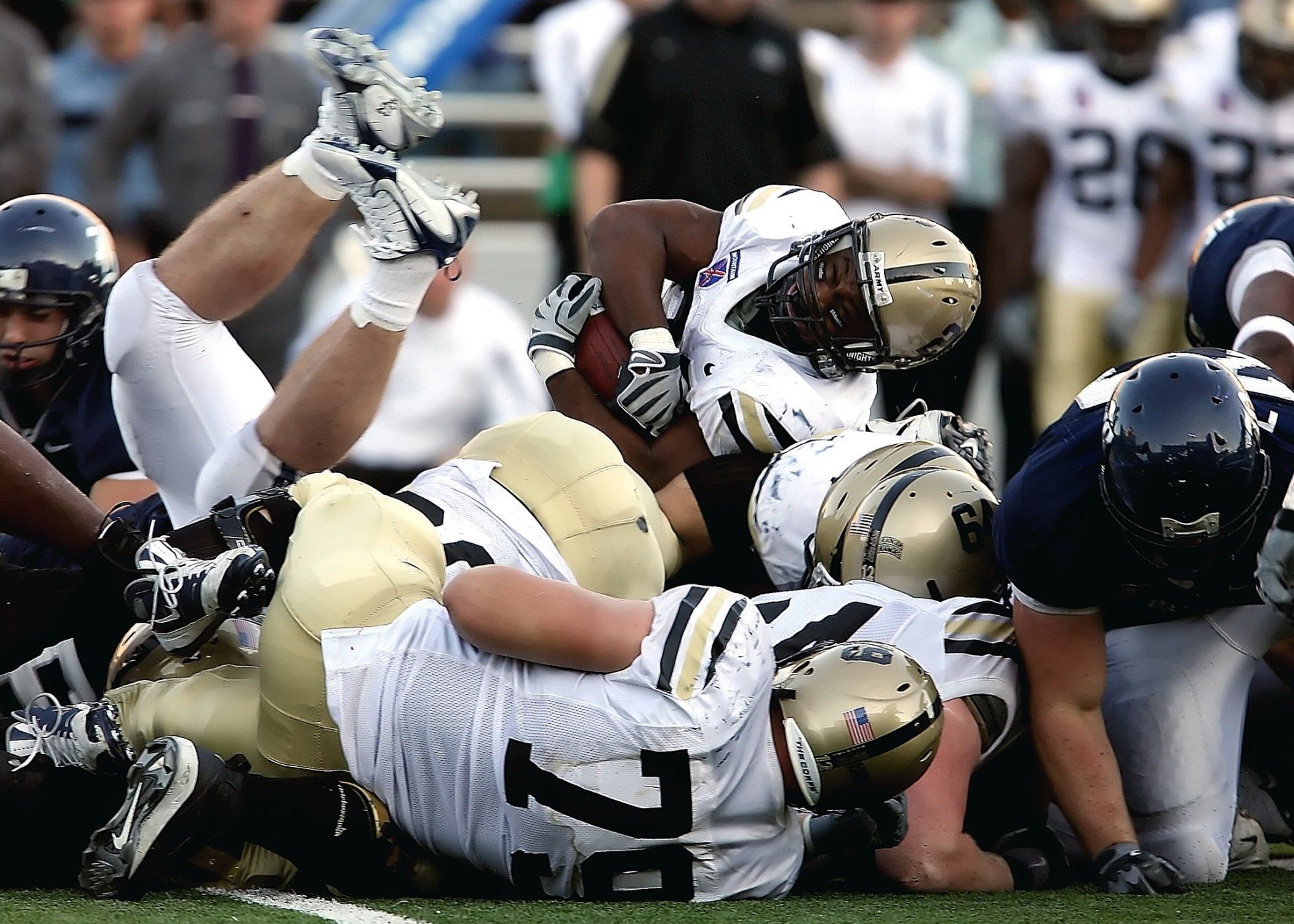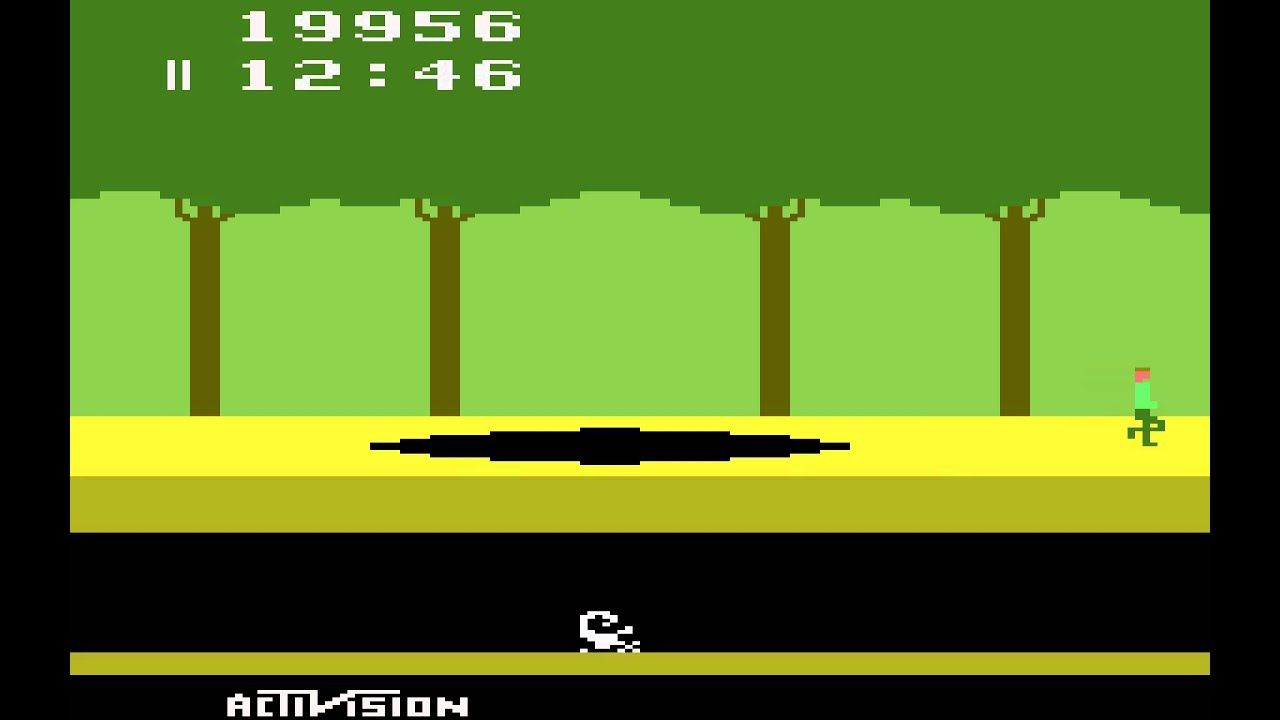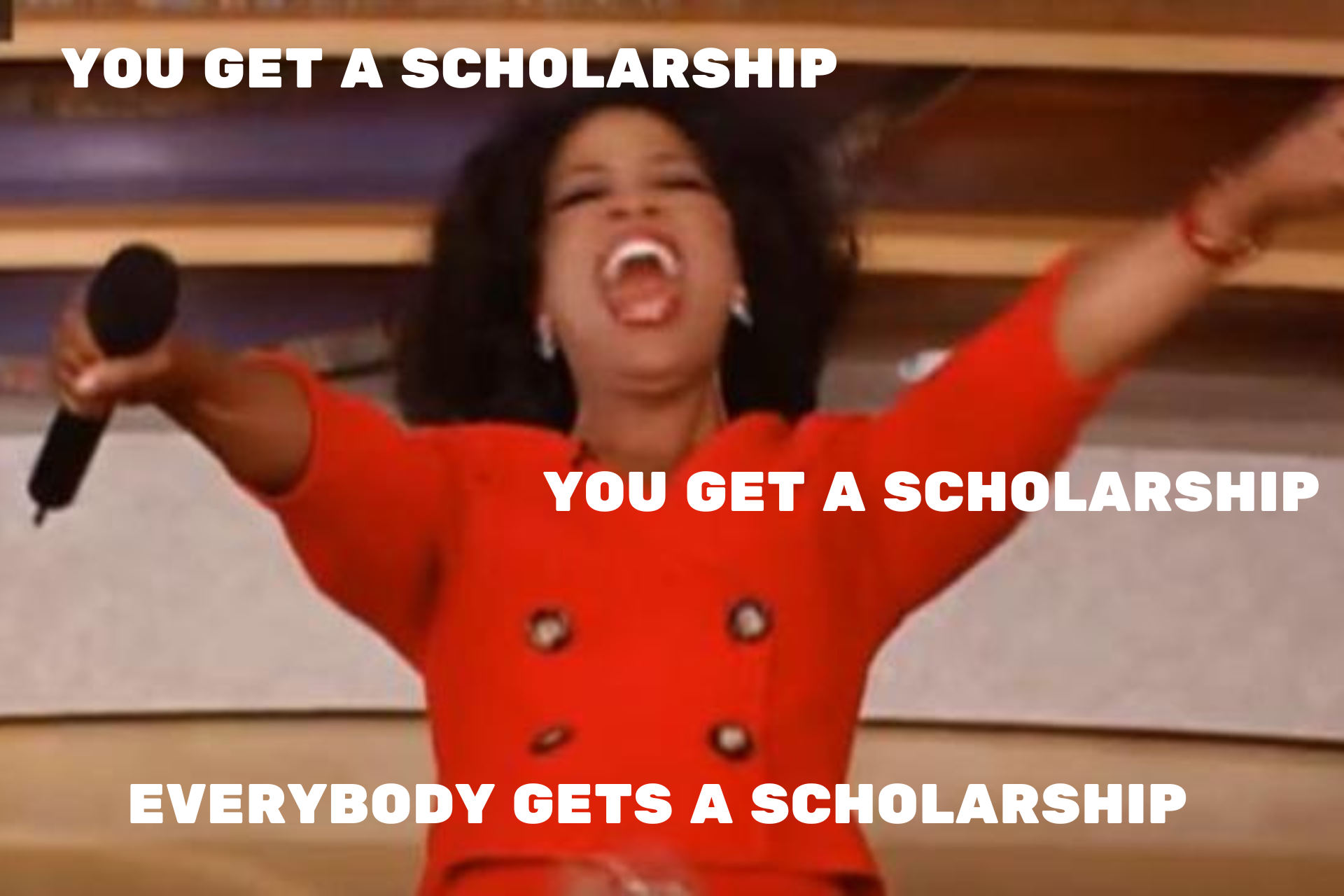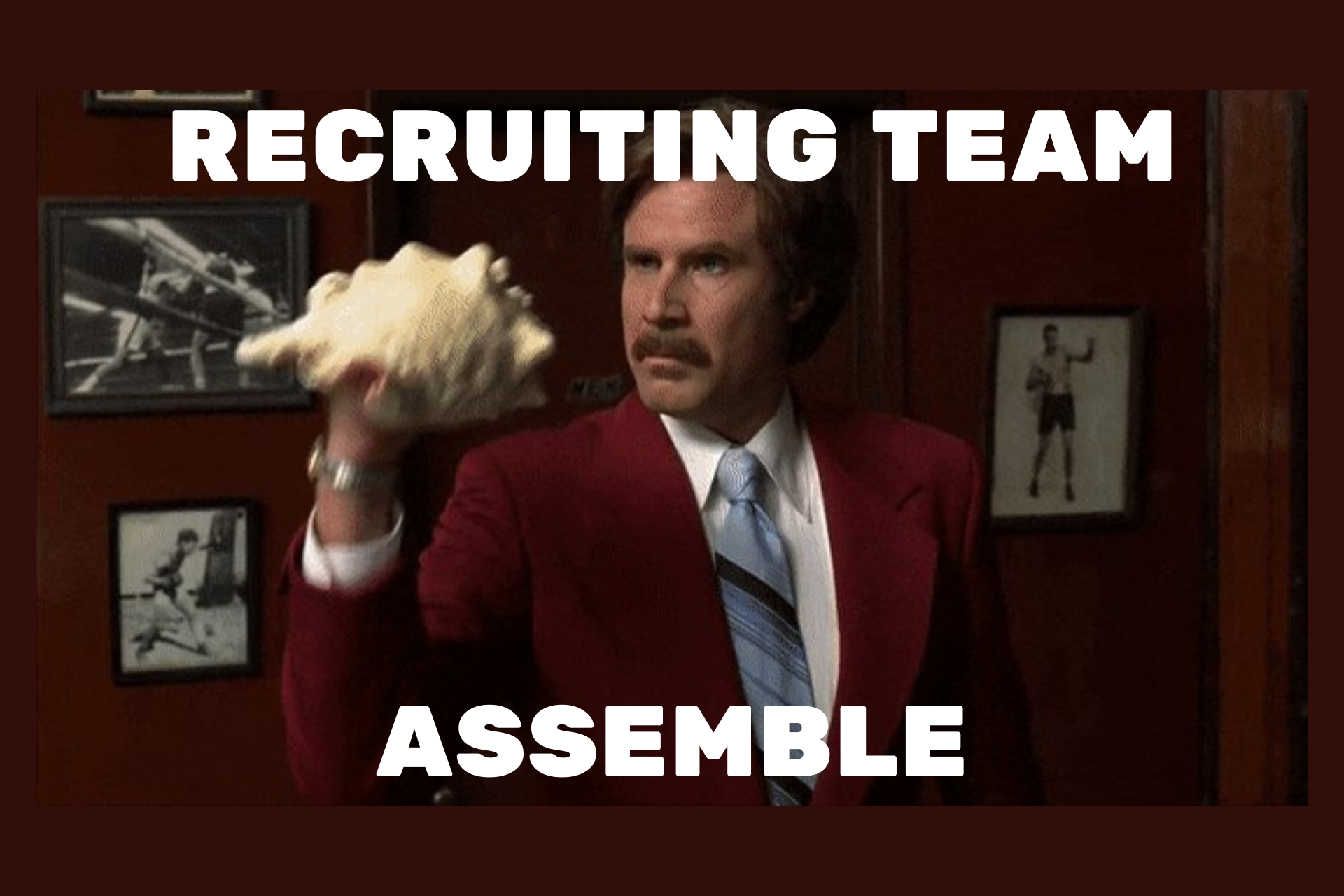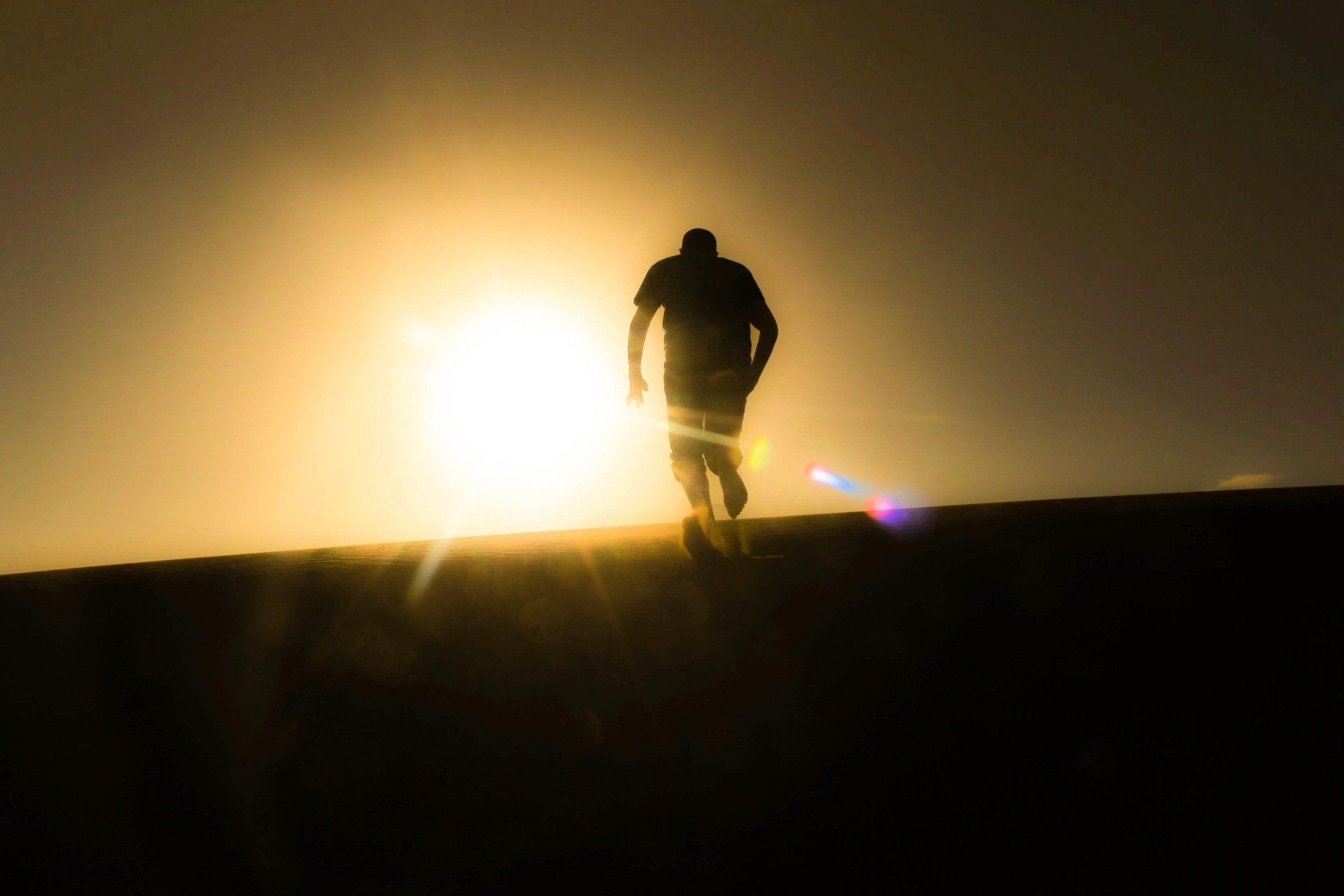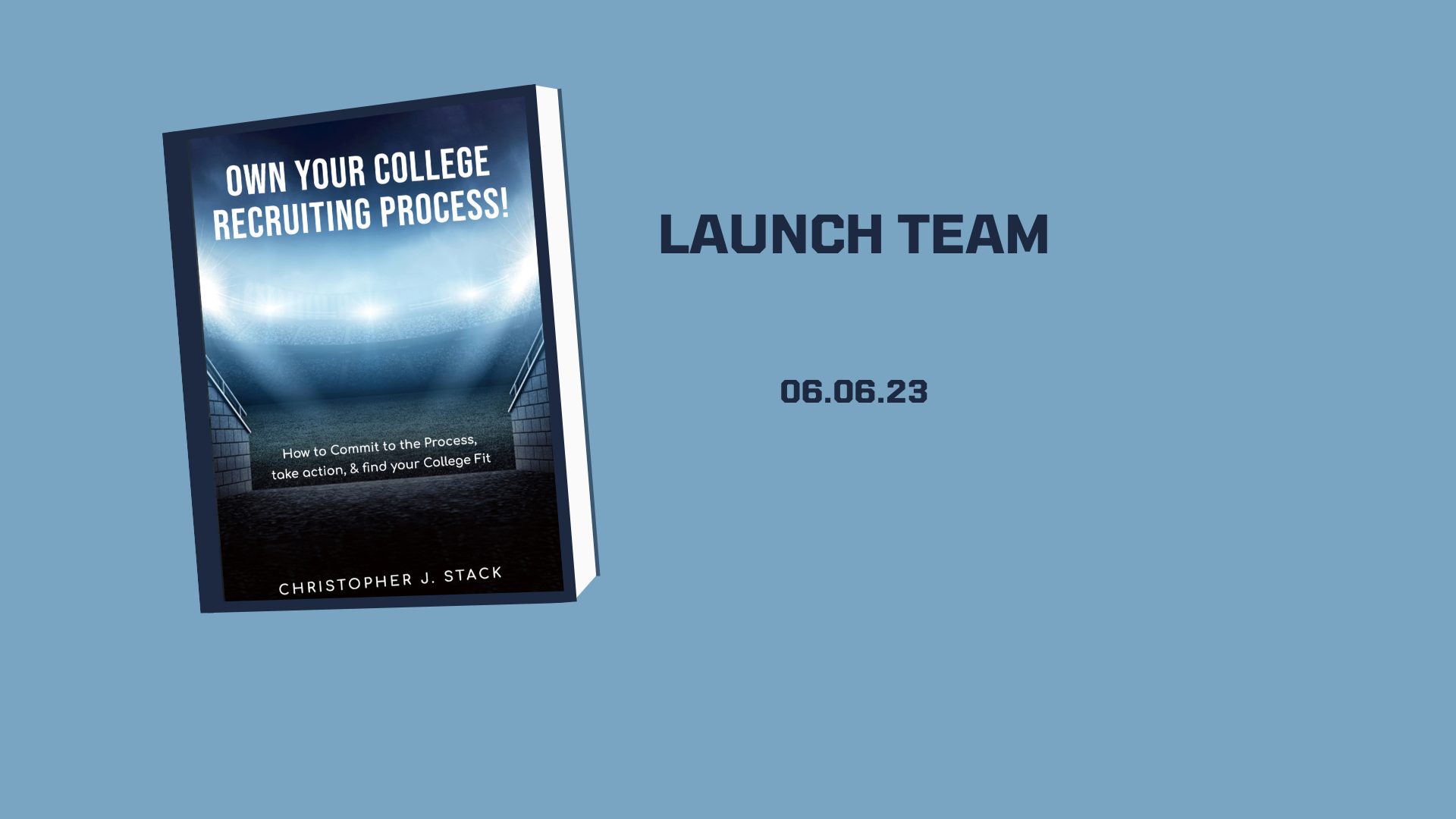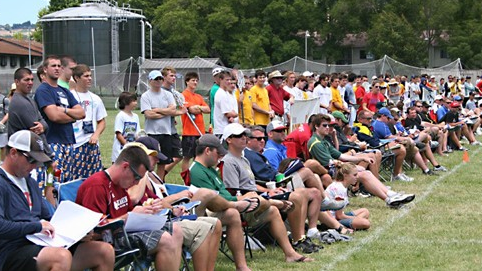Take the Blinders Off
This is a subtitle for your new post
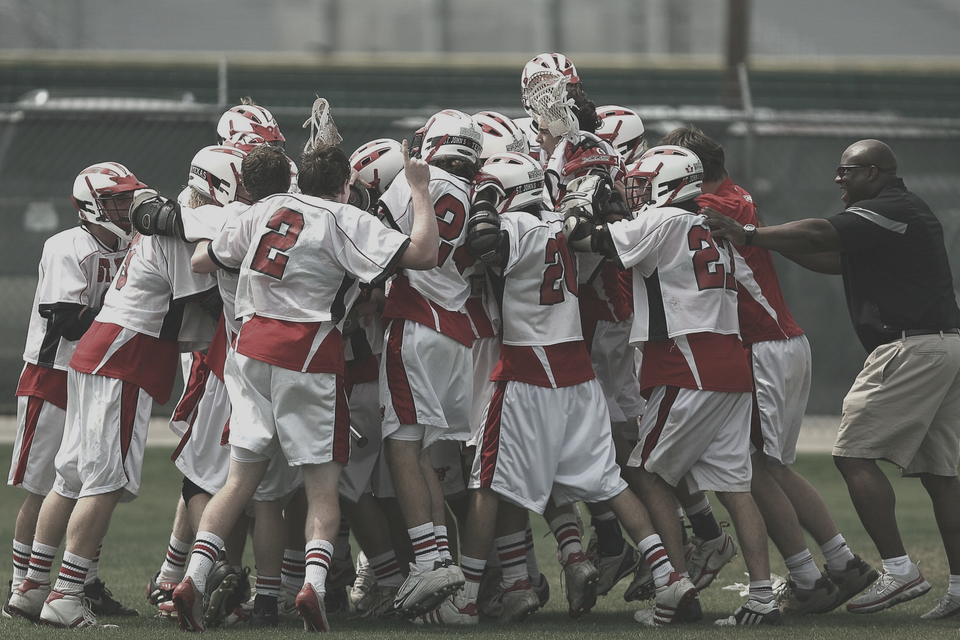
Many high school student-athletes are convinced that Division I is the best and only option when it comes to playing in college. So, when they finally get to to the recruiting process their main focus is playing Division I and not finding the school that fits their academic, athletic, and personal needs. This is what we call the DI Blinders. I have heard "I have to play Division I" more times than I would like to admit. We need more student-athletes to "Take the Blinders Off."
I believe this is the biggest pitfall kids make navigating through the college recruiting process. There is nothing wrong with keeping an open mind early on in the recruiting process. Student-Athletes should not overlook any opportunities that are presented to them, whether it is DI, DII, or DIII. The experience alone visiting schools and meeting with college coaches will provide enormous value as the recruiting process continues. As you look at what each opportunity or experience can offer you , you will start to gt a better idea of what will be the right fit.
Most students believe that the best teams and best players are at the Division I level. For the most part that is an accurate statement but that does not run true across the board. I know plenty of Division III student-athletes who were good enough to compete at the Division I level but wanted to a more balanced college experience, and there is nothing wrong with that. And I also know student-athletes who chose Division I but probably would have been a better fit athletically for DIII but were caught up in the DI .....
There are over 1,100 NCAA Institutions that offer varsity intercollegiate athletics. In addition, another 1,000 schools or so in other athletic associations like NAIA, NJCAA, NCCAA, USCAA, and others. There are schools that can offer you an incredible athletic experience while providing you with a excellent education to prepare you for your next stage in life. If you want to play in college than there is a program out there for you, you just need to find it.
Case Study
A female soccer player who had aspirations of playing at the highest level of college soccer. A very talented player who possessed strong academics built a list of some of the best Division I soccer programs on the East Coast. She began sending emails to the coaches to express interest in their programs. She attended a number of ID Showcases and Clinics over the course of the year. But didn't feel like she was receiving much interest from some of the coaches.
My Recommendation (Summer prior to Junior Year) To expand her list of schools and start adding some DII and DIII schools to the list. I provided a list of 10-15 DII and DIII schools where I thought she would be a good fit both academically and athletically.
When September 1 of junior year arrived her communication with many of the DI programs was very limited but she still wanted to pursue those opportunities. Some of those DI programs offered her a walk-on spot but she was not getting much interest as a scholarship player. Cost was not an issue for the family but she still wanted to play at the highest level. She continued attending Division I ID Clinics during the fall of her junior year and still wasn't receiving much love from the coaches.
It wasn't until December that she started to receive some interest but more from DII and DIII schools which were on her updated list. So, finally she changed her tune and started looking at some DII and DIII scchools. She began emailing with coaches, attending their ID Clinics, and arranging campus visits. In January she visited one of the DIII schools and just fell in love with the place. And after her visit, time spent with the coaching staff, and their ID Clinic. She knew it was the place for her. In early spring of her junior year after she made more campus visits she finally committed to that DIII program she visited in January.
She has been a two year starter and loving life at her school.
She ultimately ended up at a school that was the right fit for her. But there were many months where she was stressed out because of the process. She had feelings of doubt about her abilities. I believe she could have alleviated some of those stressful moments, if at the beginning she was looking at the DII and DIII opportunities as well as the DI programs.
Scenario
If you were a high school student-athlete who was maybe deciding between some smaller DI programs and Top Rated DIII programs do you know which you would choose? Maybe you were offered a walk-on opportunity at the Division I level and at the DIII program you could contribute immediately as well as compete for conference and national championships. Which direction would you go?
These are questions that prospective student-athletes need to address. It shouldn't be as cut and dry as DI, DII, or DIII but for many it is the allure of Division I that draws them in.
My P.S.A to those student-athletes about to embark on the college recruiting process.
- Keep an Open Mind
- Explore all of your opportunities
- Don't close the door too early on any school, program, or coach
- Don't burn any bridges
- Be open, honest, and upfront with all coaches
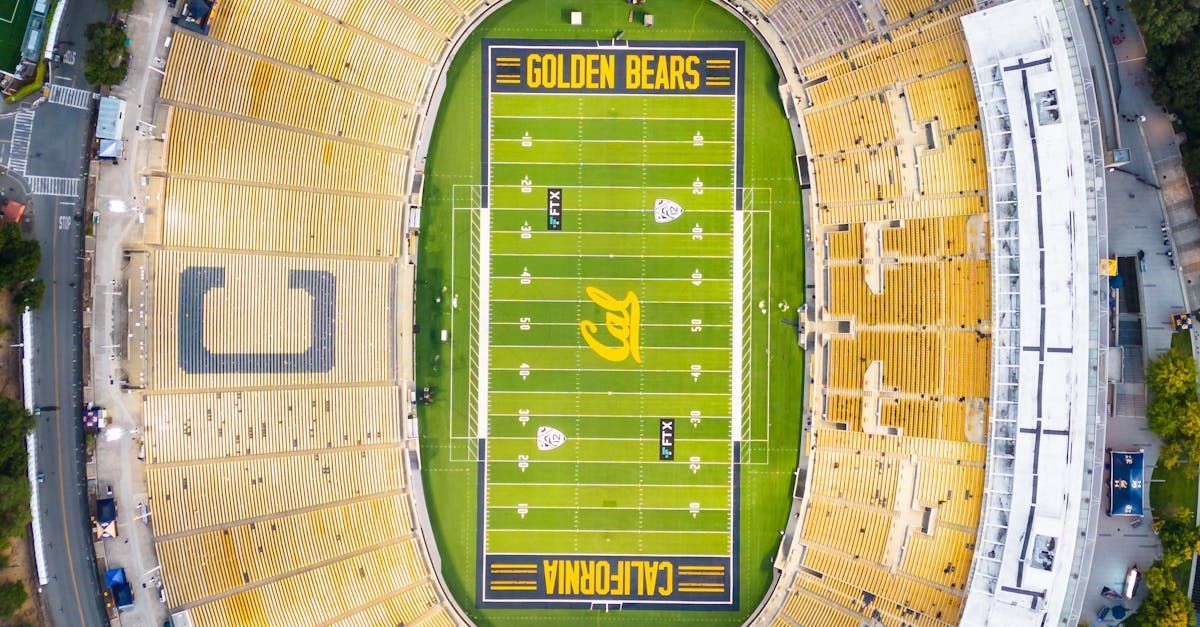
The recruiting landscape for high school student-athletes is on the cusp of a significant transformation. Recent NCAA lawsuits and rulings have far-reaching implications that will change the way colleges recruit, distribute scholarships, and compensate athletes. As the dust settles, here's how these changes will impact the future of recruiting: Employee Status: A Game-Changer The recent ruling that grants employee status to college athletes will revolutionize the recruiting process. Colleges will now need to consider the financial and legal implications of employing student-athletes. This shift will likely lead to: - More emphasis on compensation packages and benefits - Changes in scholarship models and revenue sharing - Increased focus on athlete welfare and support services NCAA Athletes as Employees: Recent Ruling and Implications* A U.S. appeals court in Philadelphia ruled on July 11, 2024, that college athletes whose efforts primarily benefit their schools may qualify as employees deserving of pay under federal wage-and-hour laws ¹. This decision means that a test should be developed to differentiate between students who play college sports for fun and those whose effort "crosses the legal line into work" ¹. - Implications This ruling has significant implications for the NCAA and its long-standing concept of amateurism ¹. If athletes are considered employees, they may be entitled to compensation, benefits, and legal protections ². However, NCAA officials argue that this could harm student-athletes' experiences and create financial burdens for schools ¹. - Ongoing Debate: This issue is part of a broader debate about the rights and compensation of college athletes ². Some argue that athletes should be paid for their labor, while others believe that compensation could undermine the amateur nature of college sports ³. The National Labor Relations Board is also considering whether college athletes should be considered employees under federal labor law ². - Potential Consequences If athletes are classified as employees, schools and the NCAA may face substantial back pay claims from current and former athletes ⁴. This could lead to significant changes in the way college sports are structured and financed ². However, others argue that this could lead to unintended consequences, such as schools only funding profitable sports or detracting from the overall educational experience ². The Impact of New Ruling on Future College Rosters Reduced Roster Sizes Increased Injuries and Mental Health Issues Compensation and Benefits The impact of the new ruling on future college rosters is uncertain, with ongoing debates and discussions among coaches, administrators, and athletes ⁶. The new ruling's impact on future college rosters will likely unfold in the coming months and years. Name, Image, and Likeness (NIL): A New Recruiting Tool With the introduction of NIL guidelines, colleges can now use an athlete's marketability as a recruiting selling point. This will lead to: - Increased emphasis on social media presence and personal branding - Colleges highlighting their ability to help athletes build their NIL - More creative and lucrative endorsement opportunities Roster Size and Scholarship Implications Reduced roster sizes and changes in scholarship models will impact the number of available spots for incoming recruits. This will lead to: - Increased competition for fewer spots - More emphasis on early recruiting and commitments - Potential for more athletes to consider alternative routes like junior college or NAIA Recruiting Strategies: Adapting to the New Landscape Colleges will need to adapt their recruiting strategies to stay competitive. This may include: - Earlier identification and recruitment of top talent - More personalized and holistic approaches to recruiting - Increased focus on athlete development and support services The Student-Athlete Experience: A New Priority With the emphasis on athlete welfare and support services, colleges will need to prioritize the student-athlete experience. This will lead to: - Increased focus on academic support and resources - More emphasis on mental health and wellness programs - Colleges highlighting their commitment to athlete development and success beyond sports The future of recruiting high school student-athletes will be shaped by the evolving NCAA landscape. As colleges navigate these changes, they'll need to prioritize creative recruiting strategies, athlete welfare, and support services to attract top talent. Student-athletes, in turn, will need to be more proactive in their recruitment, considering factors beyond just athletic development. As the recruiting landscape continues to shift, one thing is certain – the future of college sports will be shaped by these transformative changes. Sources: Appeals court rules NCAA Athletes may qualify as employees - www.insidehighered.com NCAA Student-Athletes as Employees Case is Pandora's Box - news.bloomberglaw.com Are College Athletes "employees" of their school? - www.marketplace.org Pay to Play? Third Circuit Holds NCAA Athletes can be Considered Employees - www.littler.com

